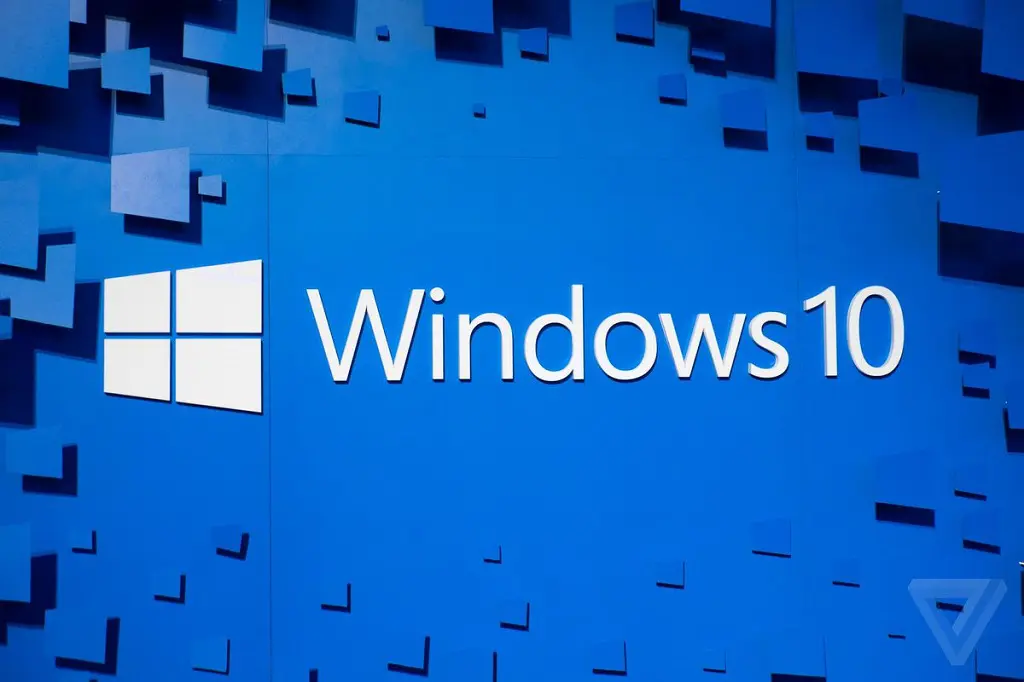Microsoft announced earlier this year that Windows 10 will no longer automatically force install those big feature updates every six months. This is great news for many people who have ever experienced one of the many negative impacts that can come with an unwarranted install of Windows updates, installing and forcing a restart of the machine during sensitive actions with no easy way to stop it. From rebooting your machine unexpectedly to causing your machine to blue screen or die completely, this change from Windows will be popular for many Windows users.
The October 18 Update was a perfect example of this. After the update was installed it caused some major problems including causing machines to suffer the dreaded blue screen of death. Unfortunately, people found it hard not to download the update because Windows 10 was so keen to get it and automatically download it.
Starting with the May 2019 Update (previously called the April 2019 Update), you will see a notification that the update is available when Microsoft thinks it’s ready for your PC. However, instead of automatically updating, it’s your choice when—and whether—to install it. Windows 10 won’t just start downloading and installing it without your say-so. You’ll have to click “Download and install now.”

Not only will Windows no longer push updates inadvertently, now users will also have the ability to not only pause updates, but also remove them. There’s a caveat, though – you won’t be able to postpone feature updates forever. As it stands, Microsoft has an 18 month “end of life” period for major Windows 10 versions, which means that after your 18 months of postponing updates are up (and all of the kinks have been ironed out), you PC will still update to the latest version.
This is an unprecedented change for Microsoft in the era of “Windows as a Service,” which has attempted to keep everyone up to date with the latest version of Windows 10. Users will now be able to skip entire releases if they decide they don’t want it. Of course, security and monthly patches will still be downloaded and installed automatically, but the user is able to pause those updates for up to 35 days if needed. Windows 10 should no longer forcefully restart itself unless you’ve delayed updates for a very, very long time.
These changes to Windows Update should please many users who have become frustrated with Windows 10’s forceful update nature. Microsoft is giving back control to the user, allowing them to choose for themselves when a feature update should be installed on their PC, at least for 18 months.

